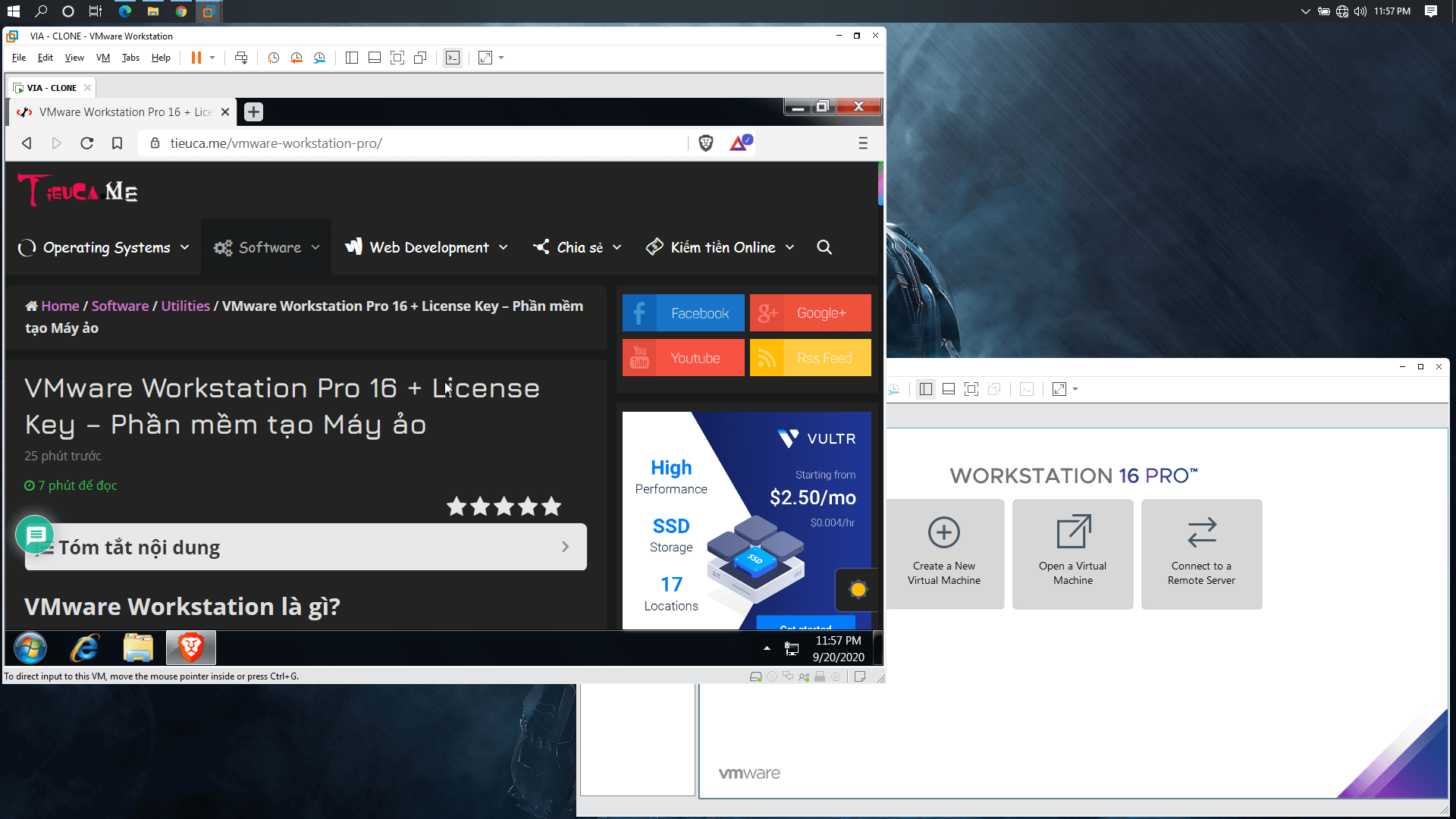
The latest version of VirtualBox that is currently available (at the time of this blog post’s creation) is VirtualBox 5.2.22. Oracle VirtualBox is a free open source software product that is distributed under the GNU General Public License, version 2 (GPLv2). VMware ESXi is a type 1 hypervisor and must be installed on bare metal.

VMware Player, Workstation, and Fusion are type 2 hypervisors, and must also be installed on the underlying host OS. Oracle VirtualBox is a type 2 hypervisor and must be installed on the host OS as a software application. Using a type 2 hypervisor is convenient for users who want to run a VM on their personal computers.

This type provides virtualization services by coordinating calls for CPU, memory, disk, and other I/O (input/output) resources through the host OS. Using type 1 is optimal for large production environments.Ī type 2 hypervisor runs on an existing host operating system as an application. A type 1 hypervisor doesn’t require an underlying operating system (OS) because the hypervisor works as the operating system in this case. A type 1 hypervisor is also called a native hypervisor, and can run on bare metal by accessing the hardware directly. There are two types of hypervisors: type 1 and type 2. Another benefit is hardware resource redistribution between VMs. This setup enables one of the advantages of virtualization – easy copying machines from one host to another. The VMs are logically isolated from each other and the underlying physical machine this is due to the abstraction layer of a hypervisor that makes VMs independent from the hardware that is used by a physical machine. Hypervisor is a special software product that can simultaneously run multiple virtual machines on a physical machine.

Hypervisor Types of VMware’s and Oracle’s Virtualization Products

Keep your data safe and always available with NAKIVO Backup & Replication, one of the leading backup solutions for VMware which also supports Microsoft Hyper-V backup and other well-known virtual, physical, cloud and SaaS platforms without exceeding your IT budget.


 0 kommentar(er)
0 kommentar(er)
